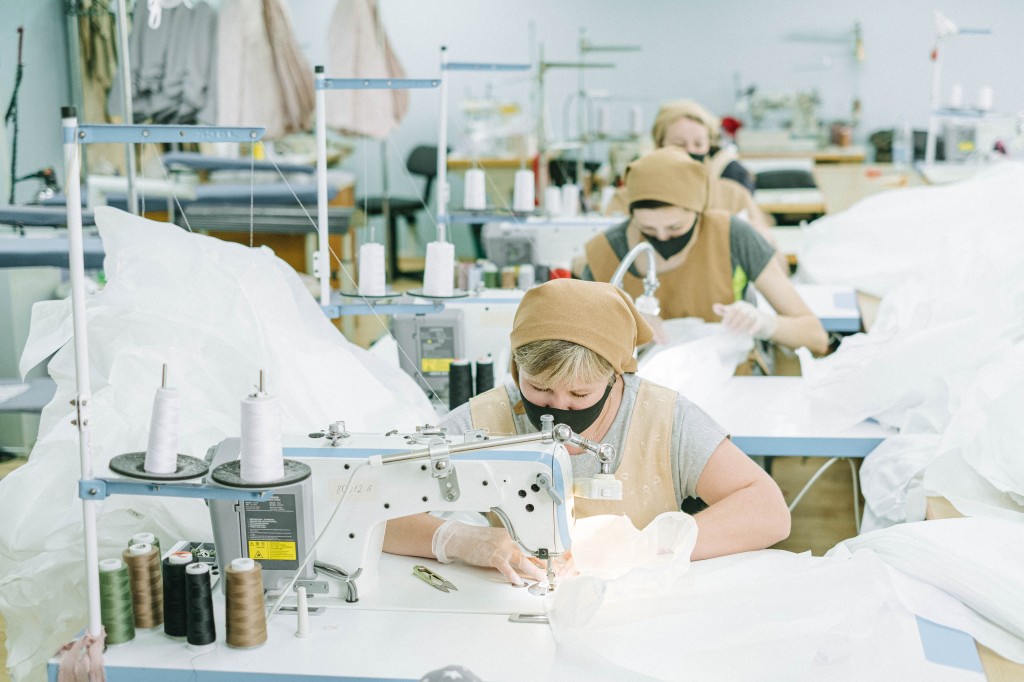Along with many changes to trade legislation that took place when CUSMA/USMCA/T-Mec was enacted in July 2020 — Canada has also agreed to prohibit goods that were produced by forced labor. Canada joins the ranks of other nations taking a stand against forced labour: United States, United Kingdom, Australia, and many others!
In an article by Stephen Pike, Partner and trade expert at Gowling WLG, he covered the various impacts that this regulation may have.
In the piece, Pike pulls a sobering statistic from the World Vision Canada report: “Each year, more than $34 billion of products are imported into Canada that may have been made by child or forced labour.” Forbidding the import of these goods will certainly help combat the issue — all while remaining in compliance with CUSMA.
The amended made to Canada’s Customs Tariff 2020 included the stipulation that goods that are mined, manufactured, produced by forced labour are strictly prohibited — whether it is wholly or in part.

What is the definition of Forced Labour in this context?
To borrow another quote from Pike’s piece in Mondaq, a publication with contributions from over 5,000 law firms from various domains:
“Forced labour is commonly defined to be all work or service which is exacted from any person under the menace of any penalty and for which the said person has not offered herself or himself voluntarily. “Wholly or in part” would reasonably include the presence of forced labour anywhere in a supply chain.”
What do Canadian importers need to do?
There are a few major steps that Canadian importers must take in order to ensure compliance, based on Pike’s recommendations. Below, we’ll lay out these action items for your ease of use.
- Map out the full supply chain to understand the source and production of your goods, in consideration of these new regulations.
- Do your due-diligence: conduct a risk-assessment on your full supply chain to identify any possible possible places where forced labour may be taking place.
- Implement internal controls at your business. This may mean building a reporting program to monitor the various steps in your supply chain where forced labour may be happening. Take note that things change – so continually checking in is key.
- Build out a plan for remediation if there are non-compliant areas in your supply chain. Hopefully, you will not need to action this, but it’s critical that you consider this.
- Implement — or strengthen — your supplier communications, your internal relations, stakeholder engagements, etc. in order to align the whole team on what practices must be addressed.
How will this be enforced by CBSA?
Like with any non-compliance to CBSA regulation, this prohibition will be enforced with rigor. We do not have full information on how exactly this will be enforced as we await more information, but we know that, for example, in the United States, violations to this rule results in seizures and detainments.
American importers that have been caught in non-compliance are then given an opportunity to submit proof to CBP (US Customs) that the goods are compliant. Apparently, 13 different organizations have been impacted by this already.
Pike speculates: “One might reasonably expect that to […] combat the importation of forced labour goods into Canada, the CBSA would need a new bespoke regulatory, and administrative program, and infrastructure to enforce this prohibition.”
If you have any questions as to how this may impact your operations or supply chain, contact a customs consultant to ensure compliance. You can start a conversation here!

 Payment
Payment  My Account
My Account
